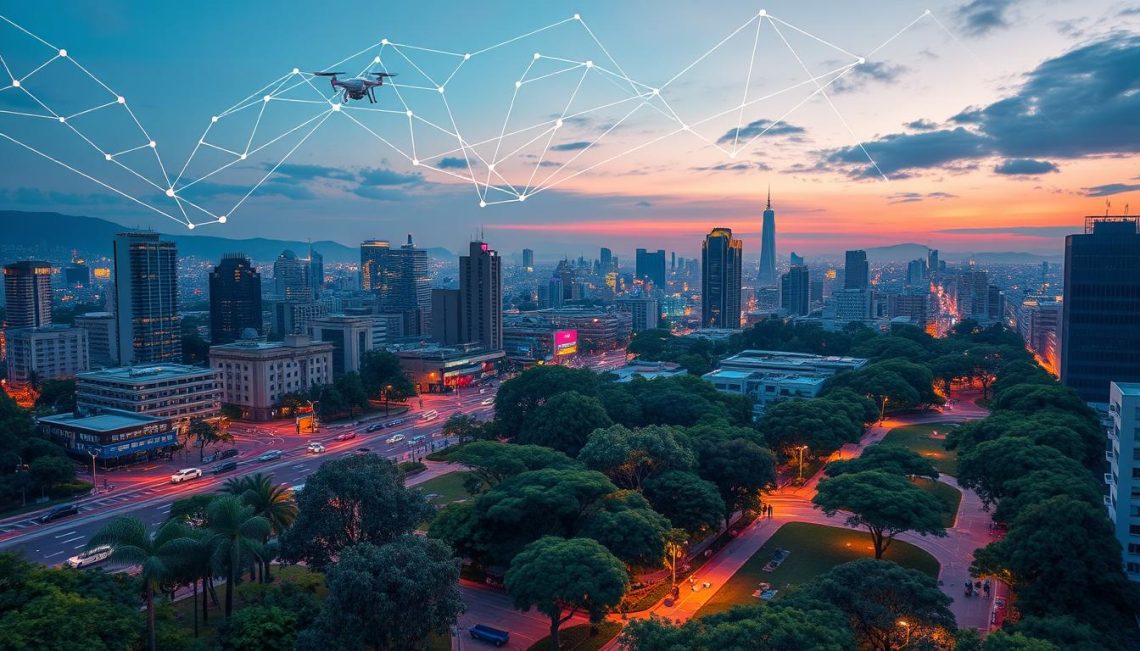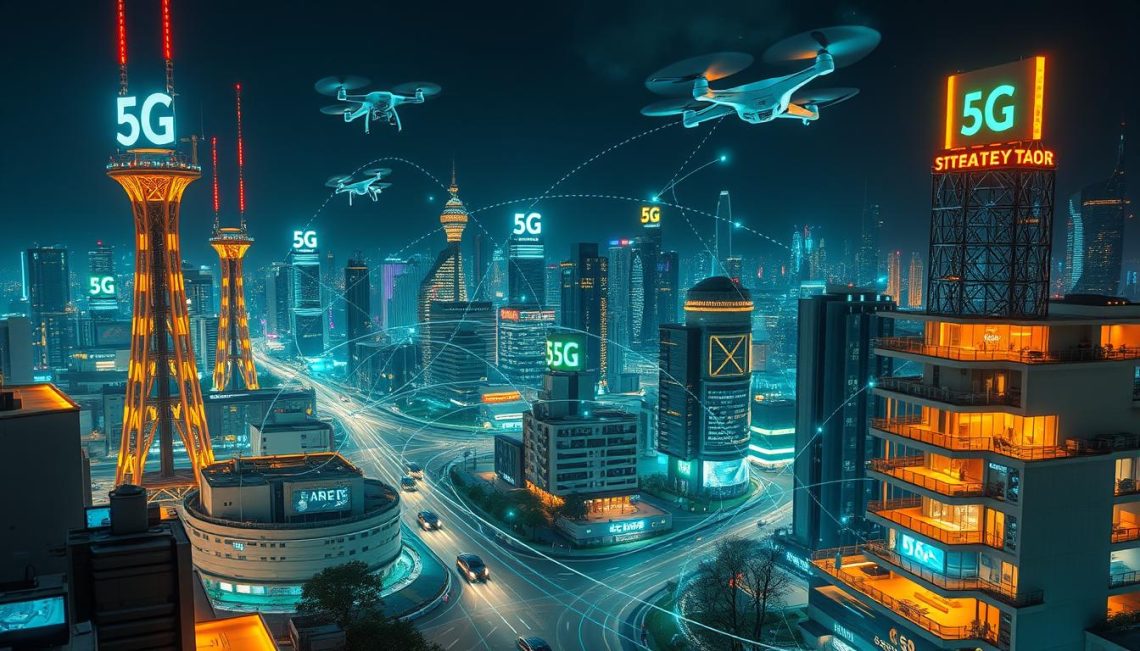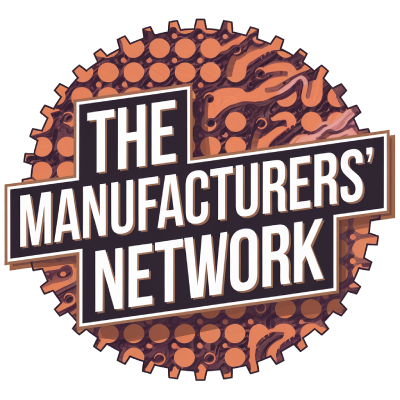The Internet of Things (IoT) is paving the way for a future where connected devices enhance our daily lives, from smart homes to optimized industrial processes. However, to transform the IoT concept into an IoT reality, several critical components must be addressed. This interconnected network of devices aims to improve efficiency and decision-making through seamless communication and data sharing. Essential elements like robust infrastructure, advanced data management, and strengthened security measures are imperative for the successful implementation of smart technology. By understanding and developing these requirements, industries and policymakers can help shape a future where IoT becomes an integral part of our society.
Understanding the Internet of Things (IoT)
The Internet of Things (IoT) represents a transformative shift in how devices communicate and interact with each other. Defined as a network of physical devices equipped with sensors, software, and technologies, IoT facilitates data exchange across many sectors including healthcare, agriculture, smart homes, and industrial automation. This growing interconnectedness between devices exemplifies the Internet of Things meaning and emphasizes the importance of effective device connectivity, data collection, and automation in enhancing operational efficiency.
What is IoT? Key Definitions and Concepts
At its core, IoT encompasses various IoT definitions and IoT concepts that signify its vast applications and significance. Connected technology enables diverse devices to operate synergistically, enhancing user experiences through innovation. Some key components include:
- Device Connectivity: Integration of various devices such as sensors, wearables, and smart home systems that communicate seamlessly.
- Data Collection and Analysis: Accumulation of massive amounts of data that provide insights into processes and behaviors, leading to informed decision-making.
- Automation: The ability of systems to function independently, optimizing efficiency and reducing human involvement.
Real-world applications, like smart homes and wearable devices, underscore the potential impact of IoT on everyday life. These implementations vividly demonstrate how connected technology revolutionizes daily activities, offering enhanced convenience and efficiency.
The Evolution of IoT Technology
The history of IoT traces back several decades, reflecting significant IoT milestones that have shaped its evolution. Early examples include the first IoT device—a toaster connected to the Internet in the 1980s. Major advancements followed the introduction of IPv6, which drastically increased the number of devices capable of connecting to the Internet.
Recent technological advancements in wireless technology, cloud computing, and big data analytics have further fueled the IoT evolution. These developments create a fertile landscape for new applications, bridging consumer needs with industrial capabilities. Current trends involving Artificial Intelligence (AI) and machine learning in IoT devices are focal points for enhancing performance and tailoring user experiences, ensuring sustained evolution in this dynamic field.

What the Internet of Things (IoT) Needs to Become a Reality
The successful realization of the Internet of Things (IoT) hinges on two crucial elements: robust infrastructure development and heightened security measures. This section will explore the essential requirements for creating an effective IoT ecosystem, focusing on the deployment of smart devices and the pressing need for rigorous data security protocols.
Infrastructure Development and Smart Devices
For efficient IoT deployment, a dependable and scalable IoT infrastructure is vital. This includes:
- Powerful cloud services that facilitate data storage and processing.
- Edge computing resources to ensure rapid data analysis close to the source.
- Robust networking capabilities to maintain connectivity among countless smart devices.
The integration of smart devices such as sensors, actuators, and connected appliances is instrumental in enhancing technology infrastructure. Collaborations among technology manufacturers, service providers, and government agencies are essential to address challenges related to the increasing complexity and demand of IoT applications. Without adequate infrastructure, the effectiveness of IoT solutions remains compromised.
Data Security and Privacy Considerations
A growing number of connected devices presents notable IoT vulnerabilities, elevating the risks of cyberattacks and data breaches. Implementing comprehensive cybersecurity measures is critical for safeguarding sensitive information. Key strategies include:
- Encryption techniques to protect data both in transit and at rest.
- Secure authentication processes that ensure only authorized users access systems.
- Regular system updates to address emerging threats and vulnerabilities.
Data privacy remains a paramount concern in the IoT landscape. Regulatory frameworks, such as the General Data Protection Regulation (GDPR), guide organizations in ethical data management practices. Promoting user awareness about privacy settings can significantly bolster data protection and enhance trust in IoT systems.
The Role of Connectivity in IoT
Connectivity plays a vital role in the effectiveness of the Internet of Things (IoT). As the landscape of smart devices expands, the demand for robust and efficient connections increases. High-speed networks form the backbone of successful IoT implementations, particularly with the arrival of 5G technology, which transforms the way devices communicate and operate.
Importance of 5G and High-Speed Networks
5G technology revolutionizes IoT connectivity by enabling higher data transfer speeds and significantly lower latency. This advancement allows numerous devices to connect simultaneously within close proximity, enhancing overall IoT performance. Applications requiring real-time data processing, such as autonomous vehicles and remote healthcare services, benefit immensely from these capabilities. The integration of high-speed networks fosters a seamless user experience and supports the growing need for varied IoT connectivity solutions.
Wi-Fi and Mesh Networks: Enhancing Connectivity
Wi-Fi networks serve as a foundational technology for many IoT devices, offering a straightforward wireless connection. The implementation of mesh networking enhances this experience by allowing each device to function as a relay point. This design improves coverage and reliability, making it particularly advantageous in complex environments like large buildings or urban areas. Harnessing Wi-Fi and mesh networking technologies creates a more robust IoT ecosystem, promoting efficient communication among devices without major disruptions.

| Technology | Benefits | Use Cases |
|---|---|---|
| 5G Technology | High data transfer speeds, low latency, support for many devices | Autonomous vehicles, remote healthcare |
| Wi-Fi Networks | Easy integration, accessible for various devices | Home automation, smart appliances |
| Mesh Networking | Improved coverage, enhanced reliability | Complex environments, urban settings |
Challenges Facing the IoT Ecosystem
The Internet of Things (IoT) is poised to transform industries; however, significant IoT challenges hinder its progress. A primary concern is scalability. As the number of connected devices surges, the capacity of networks to handle this influx becomes critical. This challenge necessitates robust infrastructure, which is currently lacking in many areas, leading to potential bottlenecks that limit growth and user experience.
Another pressing issue is interoperability among devices. Different manufacturers often produce devices with proprietary standards, contributing to compatibility problems. This lack of standardization presents a major barrier to IoT adoption, as users face difficulties in integrating devices from various manufacturers into a unified ecosystem. Such IoT ecosystem issues not only frustrate consumers but also stifle innovation in the IoT industry.
Regulatory hurdles add another layer of complexity. The rapid pace of technological advancement often outstrips the ability of regulations to adapt. This creates uncertainty for businesses looking to invest in IoT initiatives, as they navigate a landscape fraught with potential legal implications. Addressing these barriers to IoT adoption through collaborative efforts and strategic partnerships is essential for unlocking the full potential of IoT solutions across diverse sectors.

